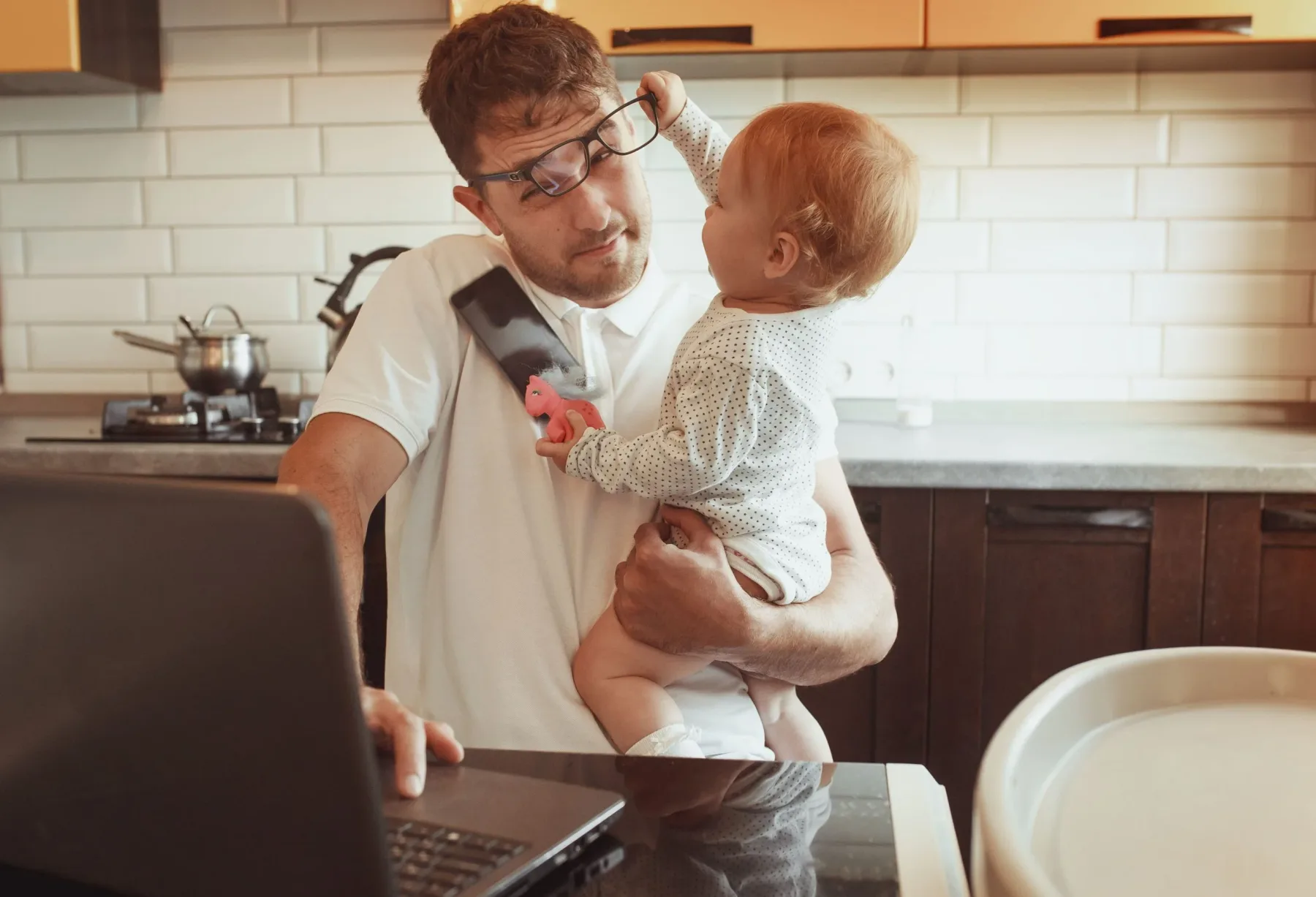Here at DFL, like many other organisations we have to rapidly adapt working environments through the pandemic. We were fortunate to be an office based business. But we still had challenges to face.
Prior to COVID-19, disruptions or changes in the workplace usually took the form of changes in management, recruitment and new technology.
Then a global pandemic arrived. One of the biggest changes was where people were going to work. To prevent the spread, while keeping companies running, the government imposed a national lockdown, and we witnessed a dramatic shift in how work was carried out and where that work was to be done.
Without doubt Covid has had a profound impact on the workplace as a whole, which has forced employers to look very closely at their working practices.
FORCED OUT OF THE NORM
For organisations it has been a time for rapid change, not just for how businesses operate, but also managing how and where roles were carried out, while ensuring that staff had adequate equipment to carry out their tasks.
Literally overnight, offices were abandoned, and employees quickly converted any available space at home into their new workplace. Beds, sofas and dining room tables soon became places of work, while Zoom became a household name and meetings via the internet occurred daily.
This contrasted sharply with working life pre lockdown, when many employers viewed homeworking as a non-option owing to their fear that employees would be less productive without physical supervision.
LET’S BE FLEXIBLE
Let’s face it – an office can be a distracting place.
General noise, coupled with that one person who likes to chat, can make the job of completing tasks hard. Plus, the drive in to work and then those seemingly ‘never-ending’ and sometimes pointless meetings mean that employees ‘waste’ a large percentage of their day either in their cars or gazing aimlessly out of a window.
In contrast, after what was always going to be a shaky start, working from home provided a peaceful alternative for some staff and productivity, despite employer’s fears, was indeed maintained and often improved.
There are benefits to working from home that are often overlooked. Things such as working hours that suit. For some, early morning starts are the only way, while others are happy to start later and work well into the evening. A 9-5 working day is not necessarily the best way and employers should address this with employees to ensure the best for both staff member and the business.
DEATH OF THE OFFICE?
While many employees have actively sought to remain working at home, some craved the bustle and familiarity of the office.
Their friends and colleagues, the mid-morning catch-up over coffee and lunch dates, not forgetting the afterwork drinks, all combine to ensure that for some the office will always be a feature of their working life.
Adopting flexible working, or a hybrid-style, will encourage a mix of both home and office workplaces and permitting staff to make certain choices can only aid all involved.
WHAT ABOUT ME?
Covid has disrupted life in so many ways and our mental health, for obvious reasons, has been affected by fear and feelings of vulnerability.
It very soon became obvious that employers would need to address the overall well-being of their staff at regular intervals and that there were 3 main areas of well-being that should be considering when supporting staff.
· Mental health
· Social well-being
· Physical well-being
Going outside into green spaces was recommended for physical and mental wellbeing, with daily outdoor exercise a compulsory break during lockdown. This was sometimes a walk to work or to catch the train. Working from home the commute was often from one room to another.
We are still adjusting to the ‘new’ norm of flexible hybrid-working here at DFL and we believe that a holistic approach is required – more so now than ever – for our staff’s well-being. By ensuring that our teams are well looked after, with regular communication and check-ins, this can only be beneficial. Not only for the staff but for the company as a whole.
IT’S TIME
Working from home was thrust into the spotlight because many companies were faced with no alternative, but the evidence suggests that by adopting a more flexible approach, and giving employees more autonomy, hybrid working is an option that we should not shy away from.
Furthermore, productivity could well be improved by those who want to continue working at home owing to the fact that they are keen to remain doing so.
But with all this, its an employers responsibility to ensure the staff are maintaining a successful work-life balance. That’s why here at DFL we have built the Hybrid blend. No, “one size fits all” and a structure that meets the needs of everyone, whilst maintaining a productive and happy workplace.
It’s not been easy trying to get it right but you have to work hard to find the balance. All back to the office won’t work and neither will working from home forever. Finding the balance is the key.























